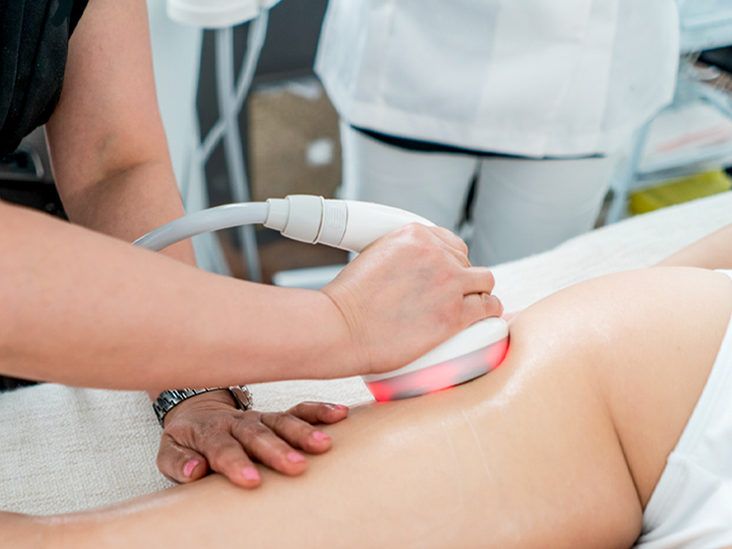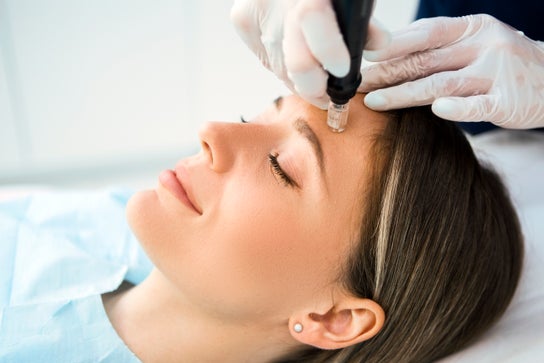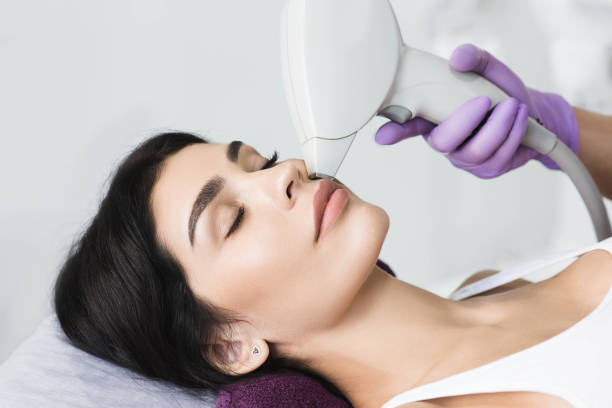Laser lipolysis, often referred to as laser liposuction or laser-assisted body contouring, has gained significant popularity as a minimally invasive procedure for targeted fat reduction. This innovative technique uses laser energy to liquefy fat cells, allowing for precise sculpting of stubborn fat deposits that are resistant to diet and exercise. If you’re considering this procedure, understanding the step-by-step process can help you feel more informed and prepared for your journey towards a more contoured appearance.
Understanding Laser Lipolysis Treatment
What Is Laser Lipolysis?
Laser Lipolysis Treatment in Abu Dhabi is a procedure that employs laser energy to break down fat cells beneath the skin. Unlike traditional liposuction, which often involves large incisions and general anesthesia, laser lipolysis is minimally invasive, resulting in less downtime and quicker recovery. The laser energy targets fat cells, causing them to liquefy, which the body then naturally eliminates through metabolic processes.
Benefits of Laser Lipolysis
This treatment offers several advantages, including precise fat reduction, skin tightening effects, minimal scarring, and a shorter recovery period. It is suitable for individuals looking to sculpt specific areas such as the abdomen, thighs, arms, or chin, especially when diet and exercise have not yielded desired results.
How Is Laser Lipolysis Treatment Performed Step-by-Step?
Understanding the detailed process can alleviate concerns and set realistic expectations. Here’s a comprehensive overview of how the procedure is typically carried out:
1. Consultation and Assessment
Before the procedure, a thorough consultation is conducted. This involves evaluating the patient’s medical history, body contours, and aesthetic goals. The practitioner assesses the areas targeted for fat reduction, discusses expectations, and determines if the candidate is suitable for laser lipolysis.
2. Preparation for the Procedure
On the day of the treatment, the patient is prepared by marking the areas to be treated. The skin is cleaned, and a local anesthetic or sedation may be administered to ensure comfort during the procedure. Proper preparation minimizes discomfort and ensures the procedure proceeds smoothly.
3. Insertion of Cannula and Laser Fiber
A small incision is made in the targeted area. Through this incision, a thin cannula equipped with a laser fiber is inserted beneath the skin. The laser fiber is carefully positioned to target the fat deposits. The size of the incision is minimal, often resulting in less scarring.
4. Application of Laser Energy
Once the cannula is in place, the practitioner activates the laser device. The laser energy penetrates the fat tissue, causing fat cells to rupture and liquefy. This process also stimulates collagen production, which can enhance skin tightening in the area treated.
5. Fat Removal and Contouring
In some cases, the liquefied fat is suctioned out using a gentle vacuum or suction device. In others, the body naturally metabolizes the fat over time without the need for removal. The practitioner continuously monitors the contour to achieve the desired shape.
6. Closure and Post-Procedure Care
After completing the treatment, the cannula and incision sites are closed or dressed as needed. Compression garments may be applied to minimize swelling and support skin retraction. Patients are given post-procedure instructions to optimize healing and results.
Post-Treatment Recovery and Results
Immediate Aftercare
Post-treatment, patients typically experience mild swelling, bruising, or discomfort, which can be managed with prescribed medications and care instructions. Wearing compression garments helps reduce swelling and supports the skin during healing.
Recovery Timeline
Most individuals can resume light activities within a couple of days, while full recovery and optimal results may take several weeks. The natural elimination of liquefied fat continues over time, leading to gradually visible contour improvements.
Long-Term Results
Results are generally long-lasting when maintaining a healthy lifestyle. The procedure effectively removes targeted fat deposits, but overall body weight management remains essential for sustained outcomes.
Who Is an Ideal Candidate?
Ideal candidates for laser lipolysis are those who are close to their ideal body weight but have localized fat deposits that are resistant to diet and exercise. It is not intended for significant weight loss but rather for body contouring and sculpting. Candidates should have good skin elasticity and be in overall good health.
Why Choose Laser Lipolysis?
Precision and Minimal Invasiveness
Compared to traditional liposuction, laser lipolysis offers a less invasive alternative with smaller incisions, less discomfort, and quicker recovery. Its precision allows for targeted fat removal with minimal impact on surrounding tissues.
Skin Tightening Benefits
One of the notable advantages is the stimulation of collagen production, which can improve skin firmness and elasticity in the treated area. This dual action enhances overall body contouring results.
Reduced Downtime
Most patients appreciate the minimal downtime associated with laser lipolysis, making it a convenient option for those with busy lifestyles seeking aesthetic improvements without extended recovery periods.
Final Thoughts
Laser lipolysis is a modern, minimally invasive approach to body contouring that effectively targets localized fat deposits. The step-by-step process involves meticulous planning, precise application of laser energy, and careful post-procedure care to ensure optimal results. If you are exploring options for body sculpting, understanding how the treatment is performed can help you make an informed decision. For those considering this procedure, consulting with a qualified specialist can provide personalized guidance tailored to your body goals.
Enfield Royal Clinic offers expert consultation and advanced laser lipolysis treatments, helping clients achieve their desired body contours with safety and precision.
FAQs About Laser Lipolysis Treatment
1. How long does a typical laser lipolysis session take?
A standard session usually lasts between 30 minutes to an hour, depending on the number of areas being treated and the extent of fat deposits.
2. Is laser lipolysis suitable for all body types?
While it is effective for many individuals, candidates should have good skin elasticity and localized fat deposits. A consultation with a specialist can determine suitability based on individual body composition and goals.
3. How soon can I see results after the procedure?
Results can become visible within a few weeks as the body naturally metabolizes the liquefied fat. Optimal contouring typically develops over several months with proper post-treatment care.
4. Can laser lipolysis be combined with other aesthetic procedures?
Yes, it can be combined with other minimally invasive treatments such as skin tightening procedures or cellulite reduction therapies to enhance overall body contouring outcomes.







0 Comments